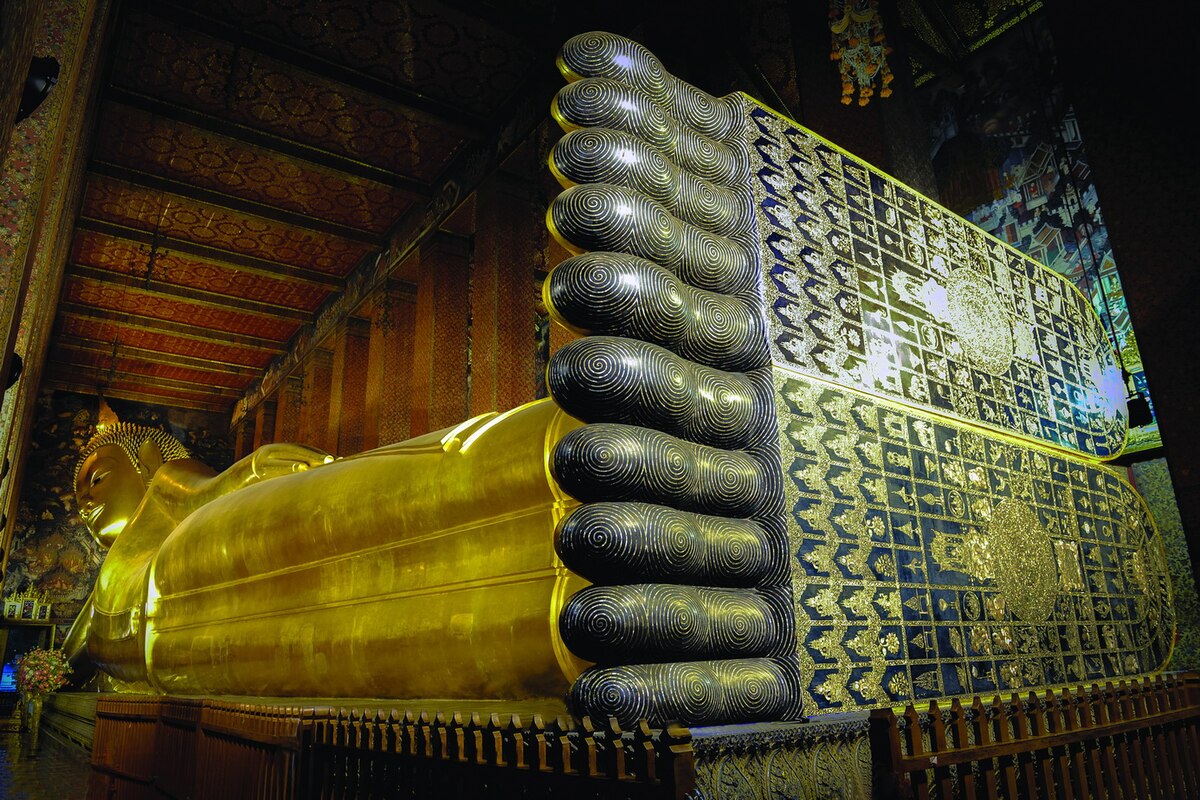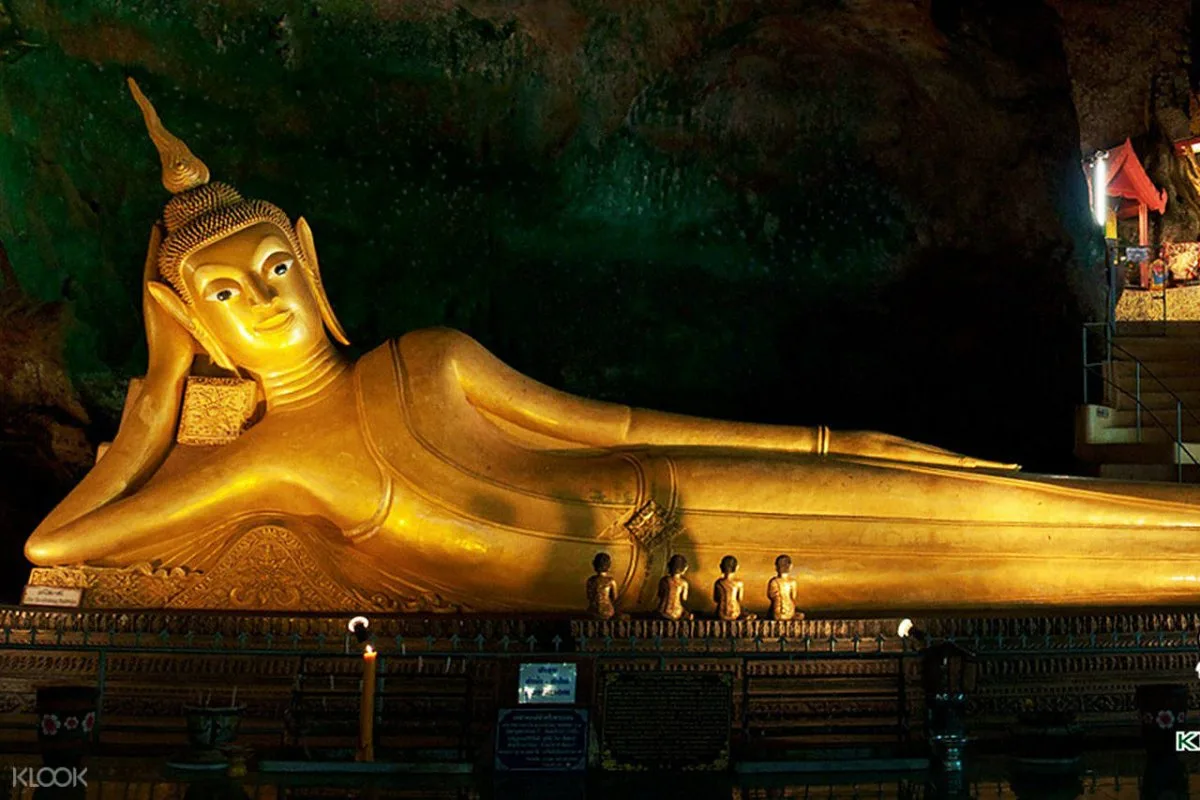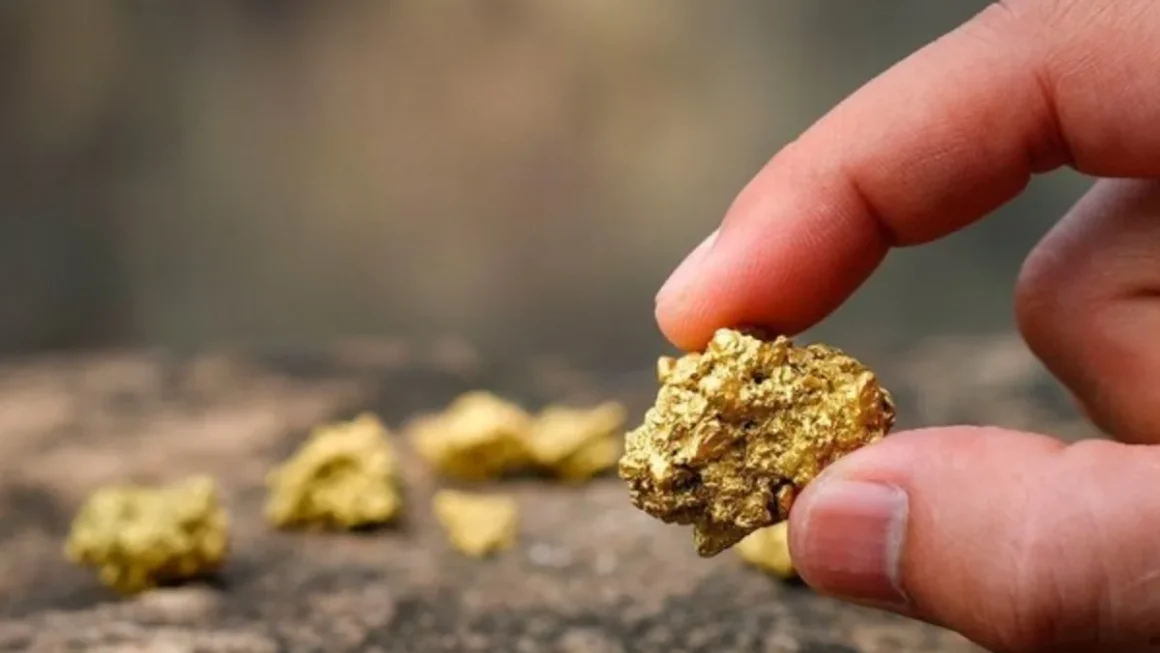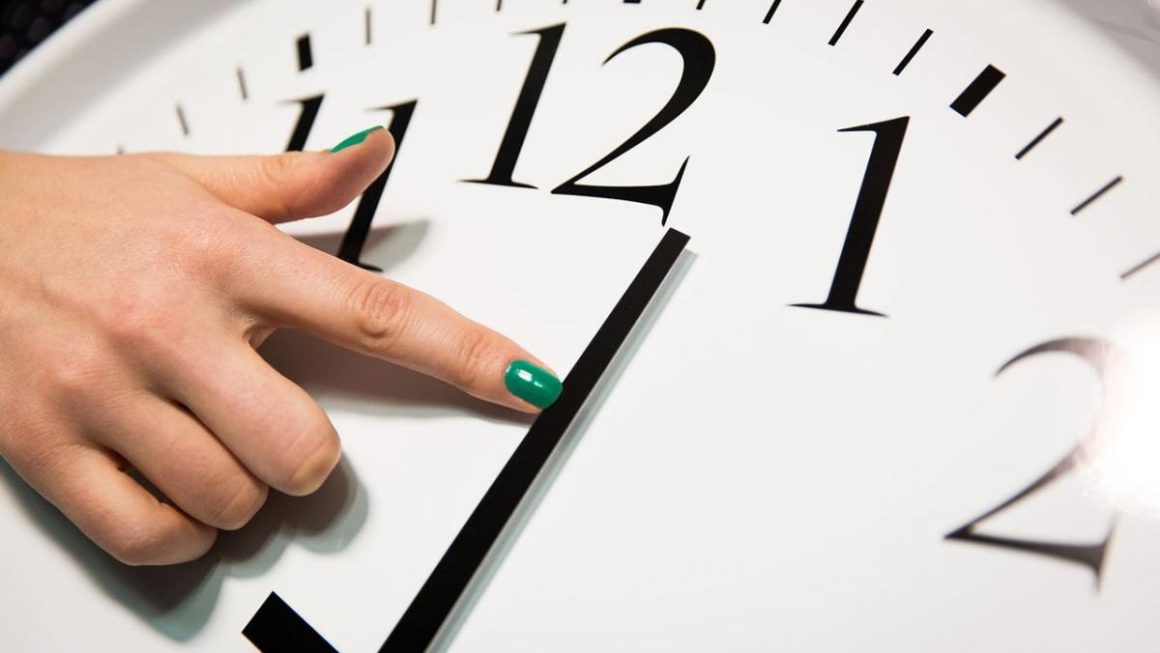Beneath Thailand’s longest Buddha statue, decorative and religious objects made by artisans of the Dvaravati period were discovered during pipe installation work.
He watched over his treasure, lying down. In Thailand, local archaeologists have discovered precious objects hidden beneath a reclining Buddha statue in the Wat Thammachak Semaram temple. While digging more than a metre below the sandstone statue to install a drainage system, workers came across a ceramic container containing 33 ancient gold, silver and bronze objects, according to a statement from Thailand’s Department of Fine Arts.
Gold rings, silver earrings and bronze bracelets were unearthed, some of which were in the Dvaravati style, a civilisation that was present in several regions of the country 1,300 years ago, at the same time as the Buddha statue that stood above these jewels was built.
This initial discovery prompted the teams to continue their excavations around the statue, the longest in the country at 13 metres, to find other jewels.

Buddha and Brahma as decoration or protection
The excavations have unearthed embossed metal sheets and decorated plaques depicting Buddhas, among other things, with great precision. One of them, measuring approximately 7 centimetres by 13, shows a Buddha seated in the master’s posture, with spiral curls on the top of his head, a large halo, elongated earlobes and a cloak over one shoulder. A small hole in the upper right corner indicates that the piece could have been hung ‘as decoration’ or worn, explains Phanombutr Chantrachot, director general of the Department of Fine Arts.
Another sheet, this time made of lead and tin alloy, depicts a standing Buddha in an arched frame, accompanied by two servants. The servant on the left is damaged, so his identity remains a mystery for now, but the one on the right could represent the Hindu god Brahma, as depicted in Thai art.
An offering placed under the head of the great Buddha
The third major discovery was a cluster of several metal sheets stacked on top of each other with clay, before being sealed with cement. According to Phanombutr Chantrachot, the condition of these sheets makes it difficult to identify the exact motifs or figures they may have contained. However, their exact position, directly under the head of the Buddha statue, suggests that they were not placed there by chance. Experts believe that this was a ritual offering, probably to protect or honour the statue, in accordance with the religious practices of the time.
The Phimai National Museum is currently preserving these finds for study and conservation.




